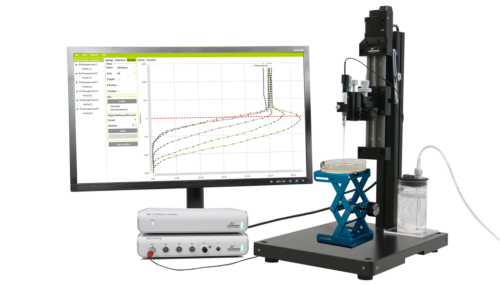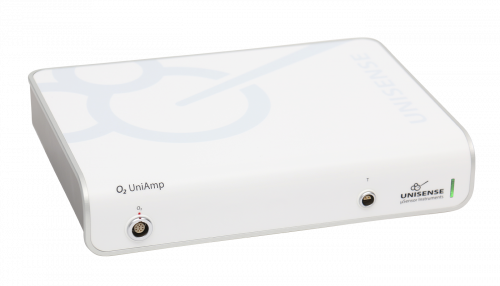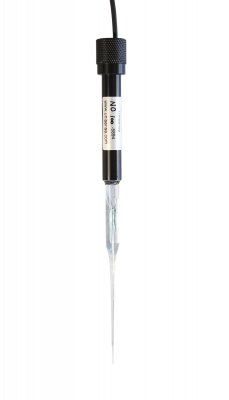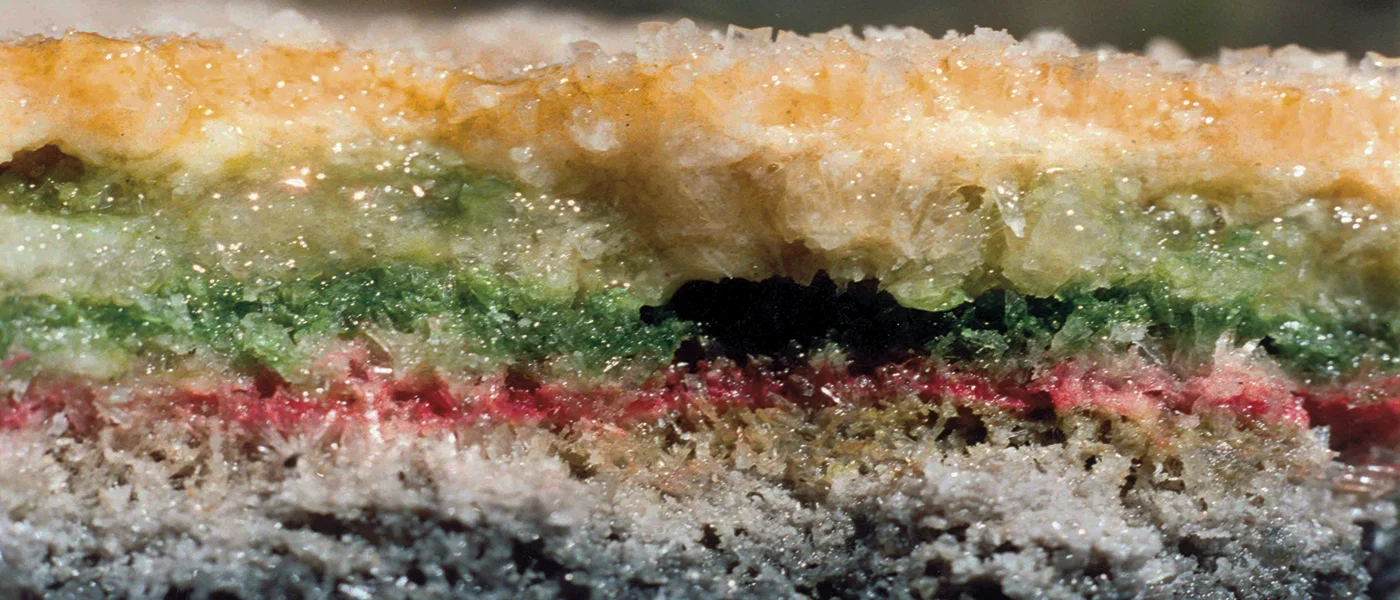Profiling pH in Gastrointestinal Human Organoids
Dr. Katrina Lyon and her team set out to solve the challenge of replicating the stomach’s extreme pH environment using human organoids. Read more...
Understanding the Denitrification Dynamics of Nitrifying Microorganisms
Dr. Chris Sedlacek and his team aim to determine how nitrifying microorganisms are able to produce nitrous oxide through denitrification. Read more...
Mitigation of N2O Emissions from Wastewater Biofilms
Microsensors confirm that counter-diffusion biofilms have lower N2O emissions than co-diffusion biofilms. In this study, Professor Akihiko Terada and his research group at Tokyo University of Agriculture and Technology have investigated mitigation of N2O emissions in a membrane-aerated biofilm reactor (MABR). Read more...
Biofilm – Oxygen and Redox Potential in P. Aeruginosa
Pseudomonas aeruginosa PA14 is a gram-negative pathogen involved in e.g. lung infections. The Dietrich lab at Columbia University use microsensors and the Microprofiling System to obtain valuable information about the biofilm microenvironment and redox metabolism. Read more...
Microsensors in the Gut of Insects
In the article "The bacterial community in the gut of the cockroach Shelfordella lateralis reflects the close evolutionary relatedness of cockroaches and termites", Schauer et al. investigated the gut of cockroaches, specifically Shelfordella lateralis. The research group used microsensors to investigate and characterize the physicochemical conditions in the insects' gut. Read more...
Photosynthetic Biofilms
With sensor tip sizes down to 3 µm, Unisense microsensors make it possible to perform measurements at high spatial resolution. An example is this investigation of the dynamics within the layers of microbial mats. Read more...
Oxygen Profiles in Salty Crust
Dr. Don Canfield and Ketil Sørensen, University of Southern Denmark used needle sensors to examine the vertical distribution of phototrophic and non-phototrophic microorganisms in 2 saltern evaporation ponds with salinities of 156 and 206 g l-1. Read more...
Biofilm – O2 and N2O Microprofiles in Samples from CF patients
With O2 and N2O microsensors, Kolpen et al. (2014) measured microprofiles in sputum samples from cystic fibrosis patients with chronic lung infection. This is often caused by the bacteria Pseudomonas aeruginosa that live as biofilm aggregates in the lungs. The measurements provided new insights and may lead to new treatment strategies. Read more...
Products

High performance oxygen microsensor

UniAmp Multi Channel for all Unisense sensors and electrodes including optical sensors

Microprofiles with extreme accuracy, high spatial and temporal resolution

Water resistant Field MicroProfiling System to generate, study, and analyze microprofiles

Optical oxygen sensor technology

Detect hydrogen sulfide in your sample

Economic amplifier portfolio for single analytes - O2, pH/mV, H2, N2O or H2S

Measure dissolved and gaseous hydrogen

Optode meter for accurate quantification

Measure dissolved and gaseous nitrous oxide

Measure minute concentrations of nitric oxide

Miniaturized pH electrode

Measure redox potential in microenvironments

Microelectrode to measure electric potential

Reference electrode for pH or Redox microelectrodes










